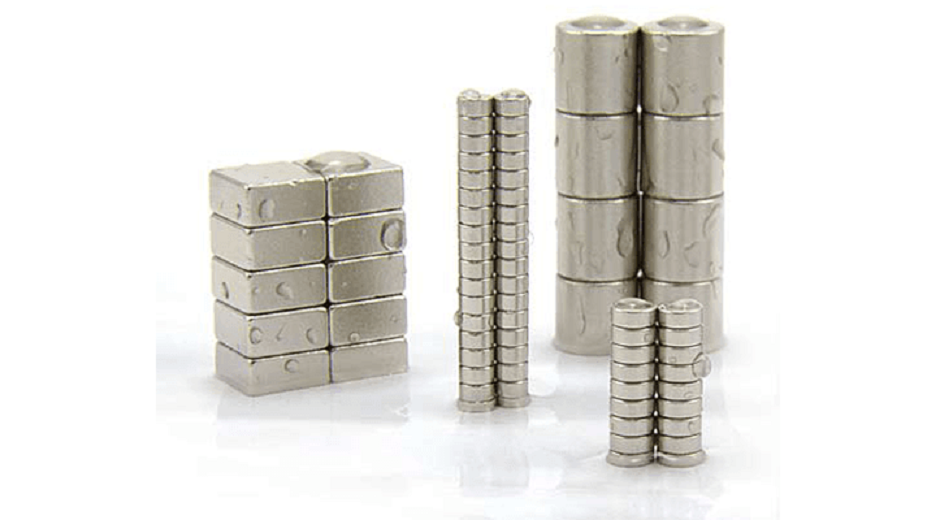Are Rare Earth Magnets Really “Rare”?
Rare earth permanent magnet is a kind of magnetic material made of an alloy composed of samarium, neodymium mixed rare earth metal, and transition metal (such as cobalt, iron, etc.), pressed and sintered by powder metallurgy, and magnetized by a magnetic field. But are rare earth magnets really“rare”? In this article, we will try to answer this question.
 Are Rare Earth Magnets Really “Rare”?
Are Rare Earth Magnets Really “Rare”?
Rare earth metals, also known as rare earth elements, are the general term for the 17 elements of scandium, yttrium, and lanthanides in group IIIB of the periodic table. They are often represented by R or RE. Rare earth elements are so "rare" because they are currently monopolized by China in mining and processing. They are not as rare as people think. Data show that as of 2018, global rare earth reserves are 120 million tons, and China's reserves are 44 million tons, accounting for 38%. In 2018, the global output of rare earth mineral products was about 195,000 tons, and China's output was about 120,000 tons, accounting for 62%. The global output of rare earth smelting and separation is about 146,000 tons, of which China's output is 125,000 tons, accounting for about 86%. China's rare earth processing capacity is five times that of other countries in the world combined. Rare earth is important because it is one of the important raw materials indispensable in the development of science and technology in the future. For example, mobile phones in life, fighter engines, rockets, and missiles in the national defense and military industry, etc., are inseparable from rare earth, which are the country's key strategic reserve resources. In addition, at present, rare earth elements such as neodymium and dysprosium are mainly used in permanent magnets of offshore wind turbines. Although they are also used in onshore wind turbines, there are alternatives. For example, people can manufacture asynchronous or synchronous generators without permanent magnets, thereby reducing the demand for rare earth.
Conclusion
Thank you for reading our article and we hope it can help you to have a better understanding of rare earth magnets. If you want to learn more about magnets, we would like to advise you to visit Stanford Magnets for more information. As a leading magnet supplier across the world, Stanford Magnets has been involved in R&D, manufacturing, and sales of magnets since the 1990s. It provides customers with high-quality permanent magnets like SmCo magnets, neodymium magnets, AlNiCo magnets, and ferrite magnets (ceramic magnets) at a very competitive price.














